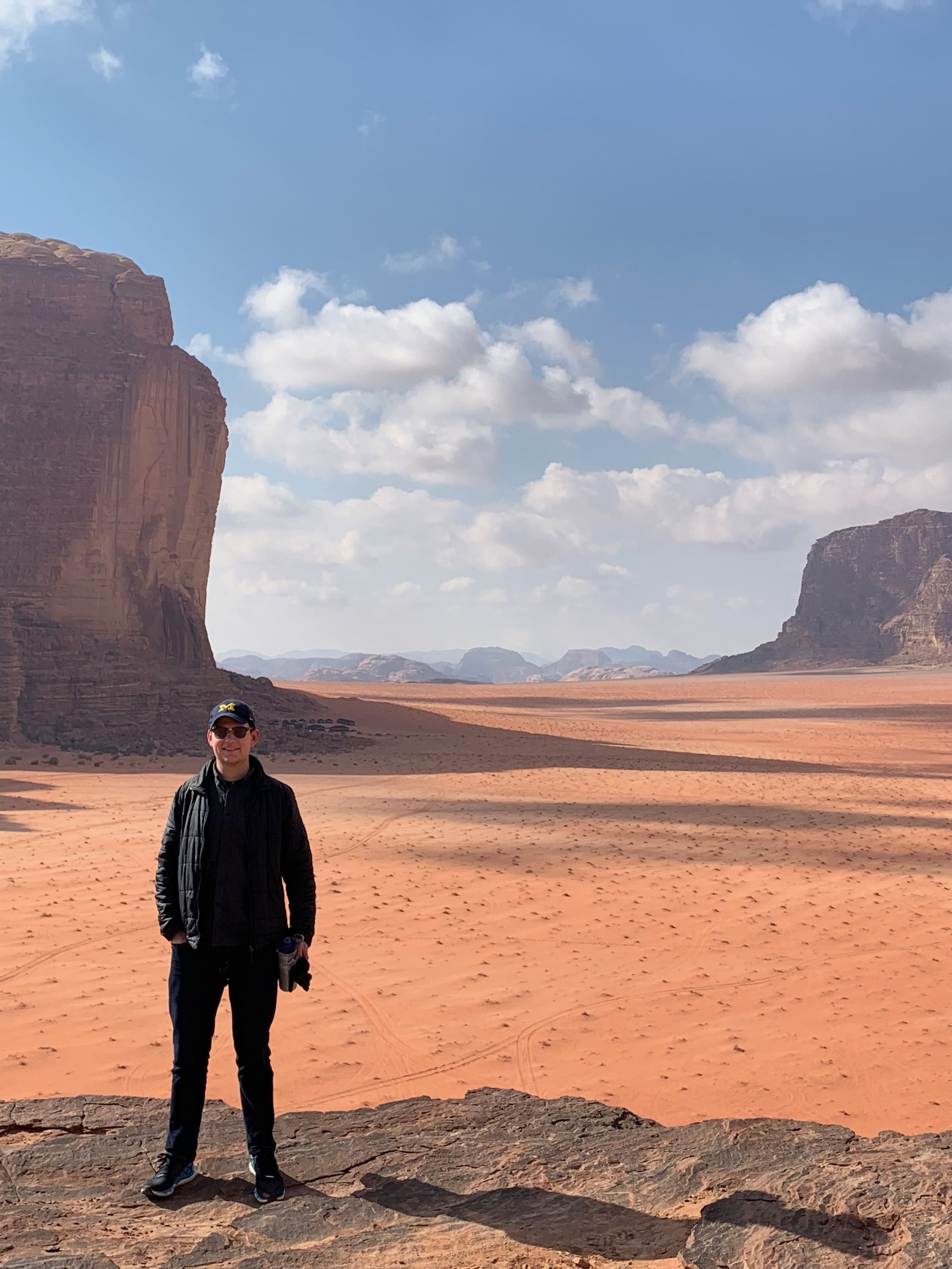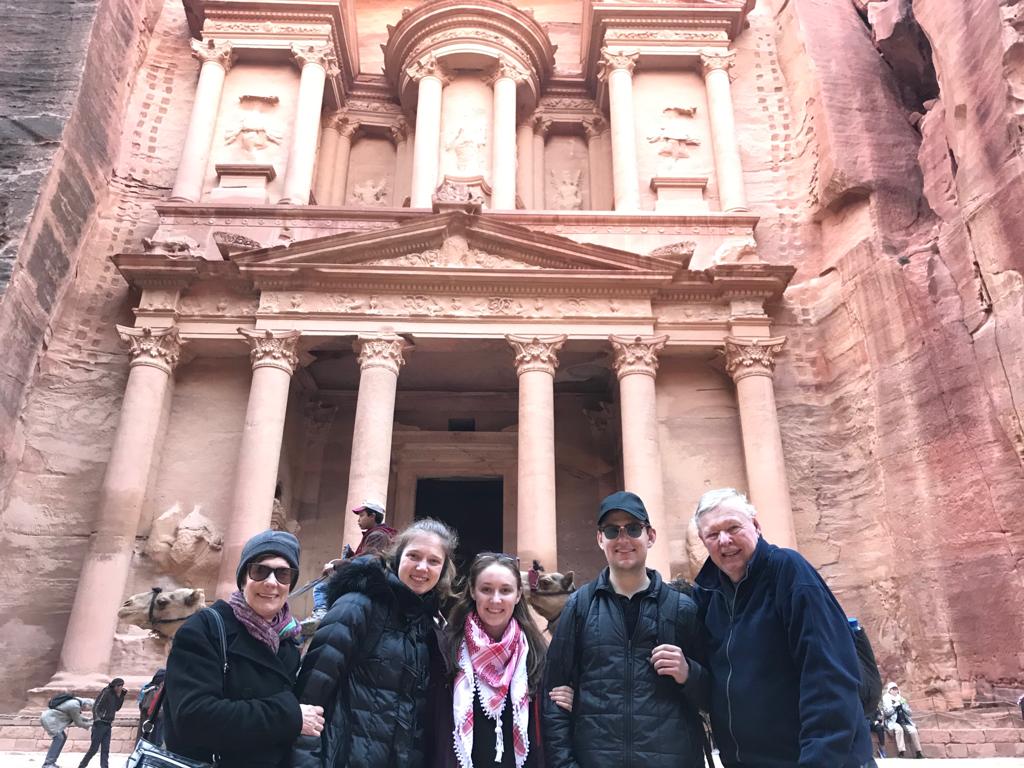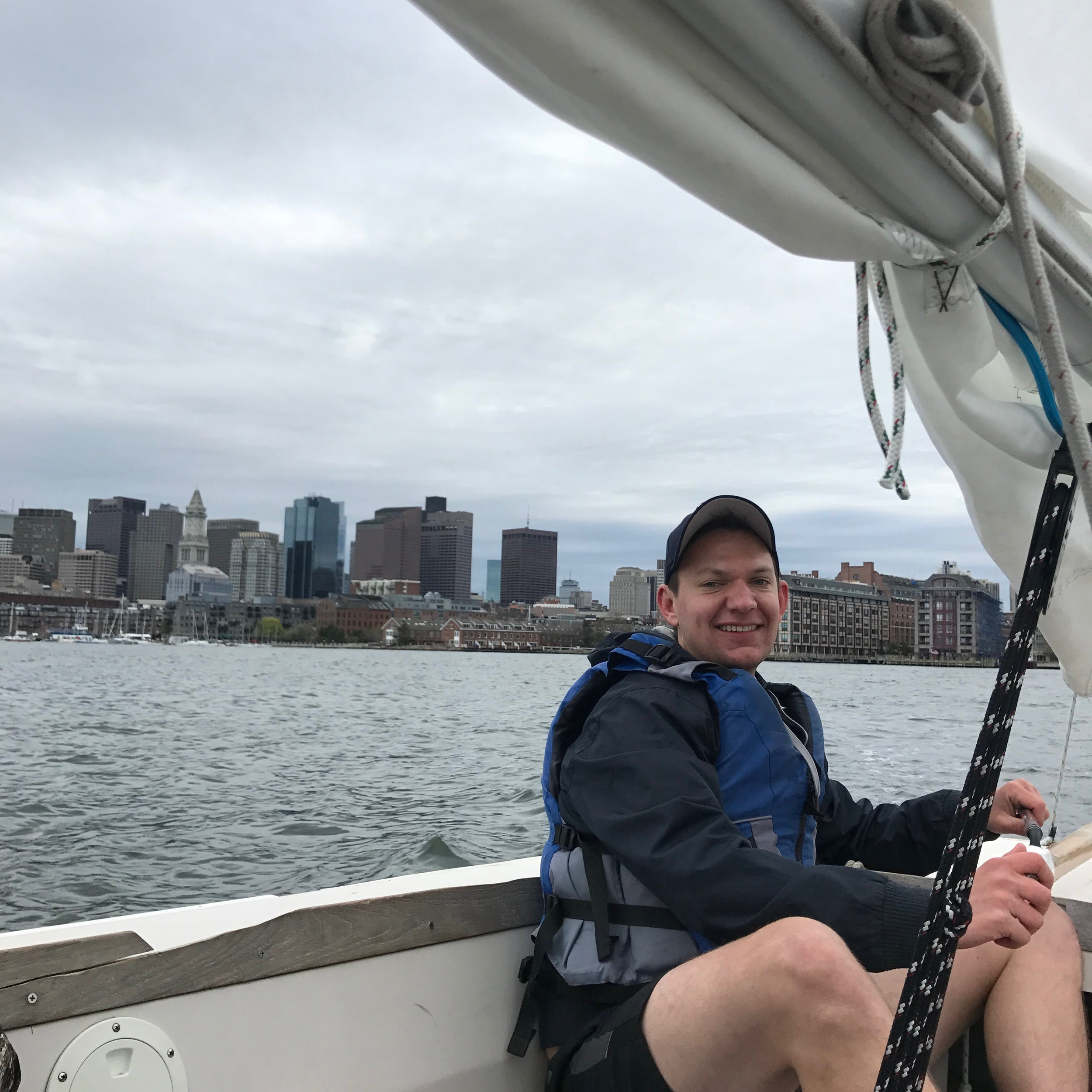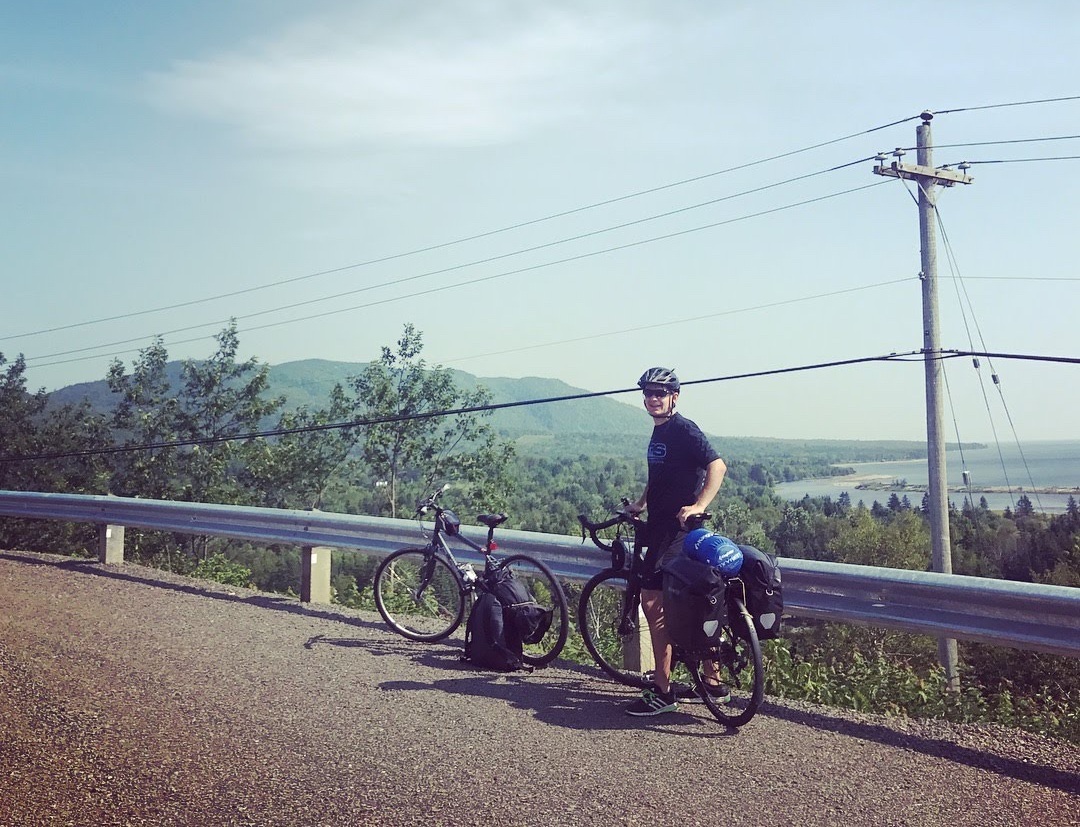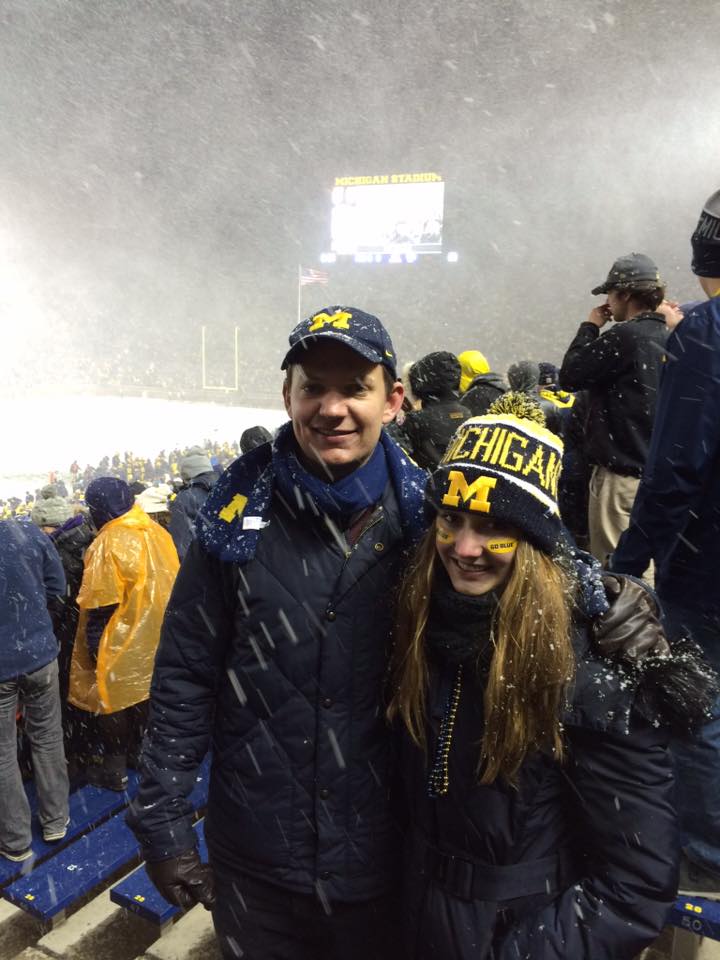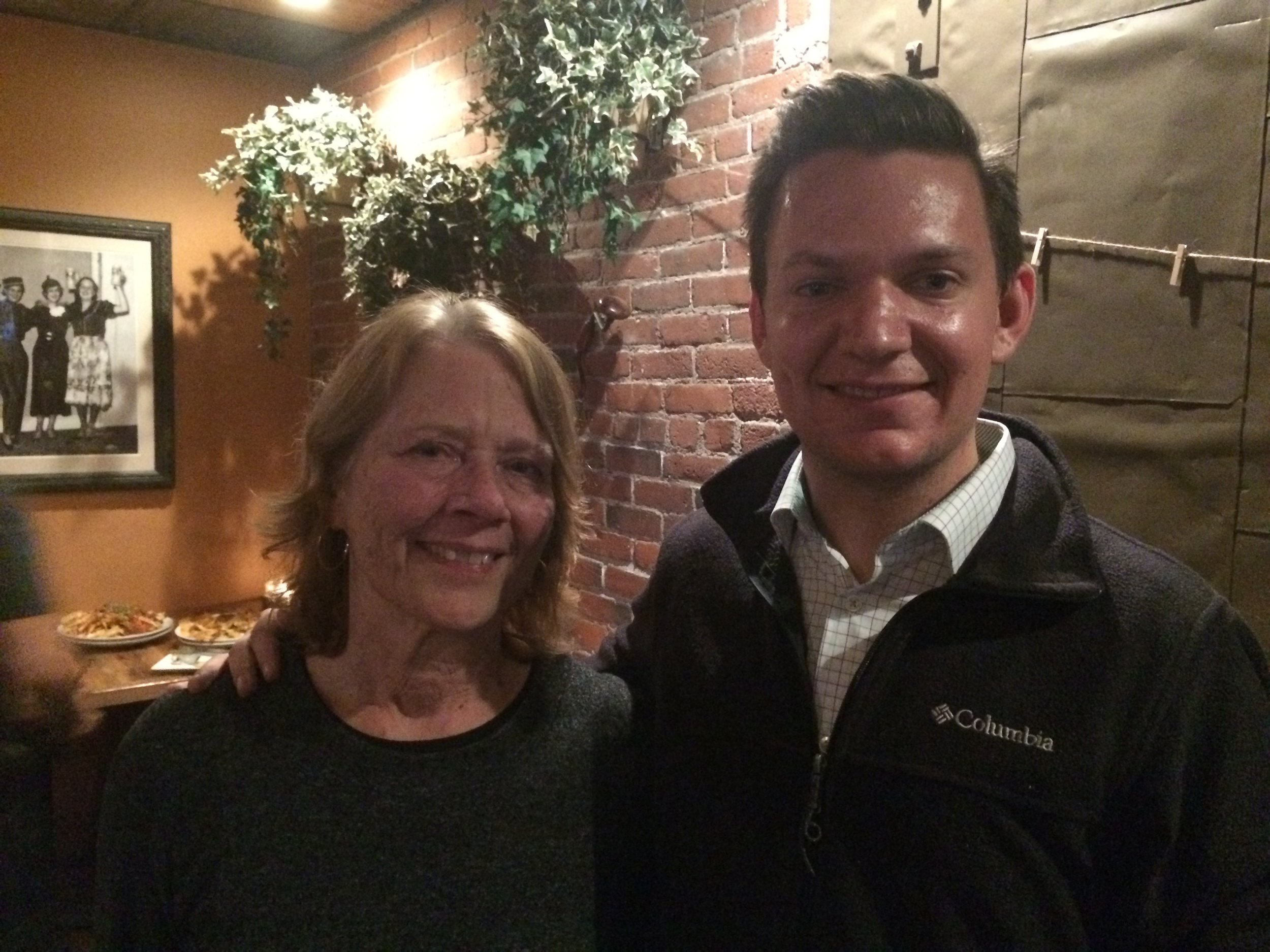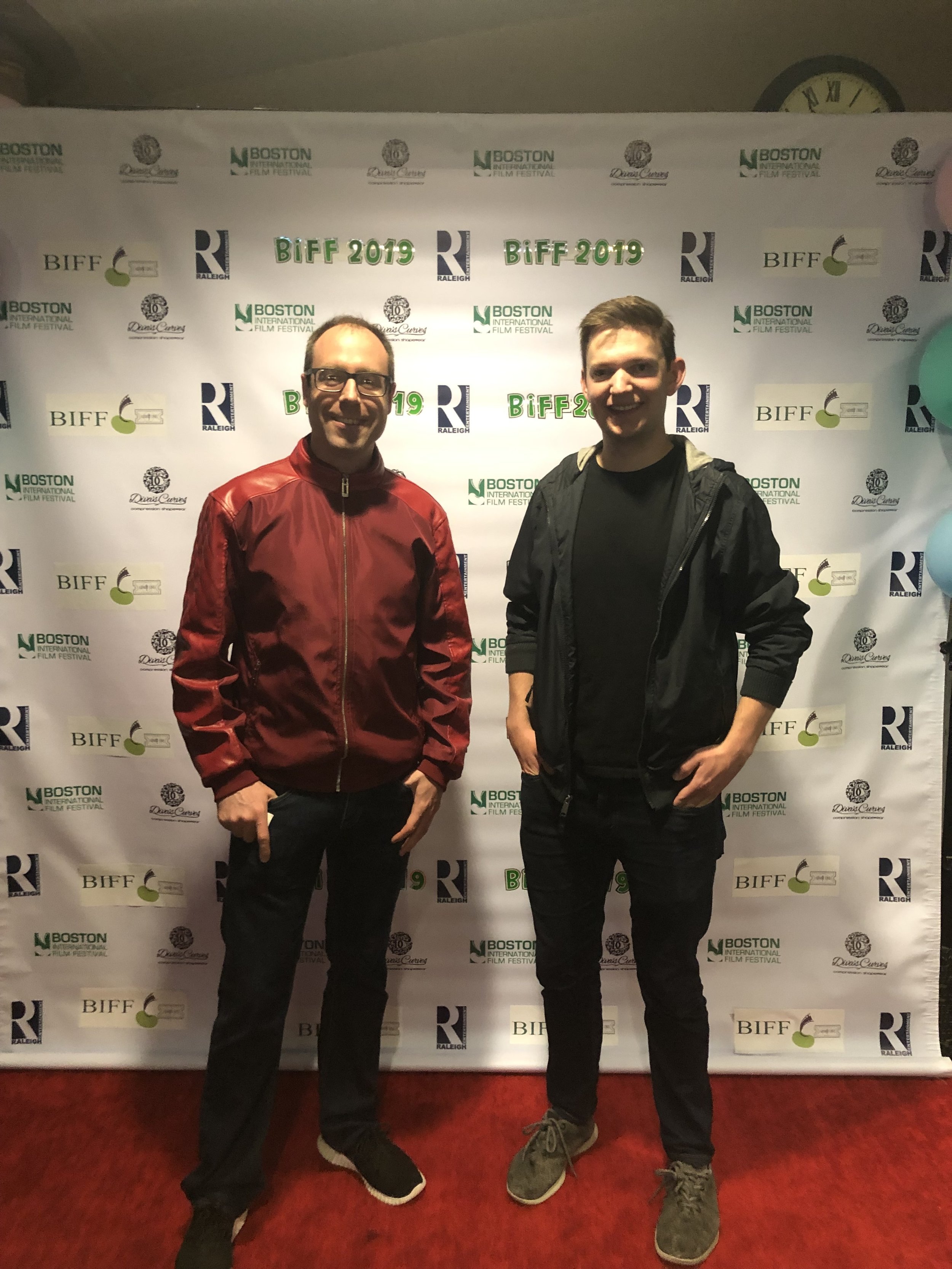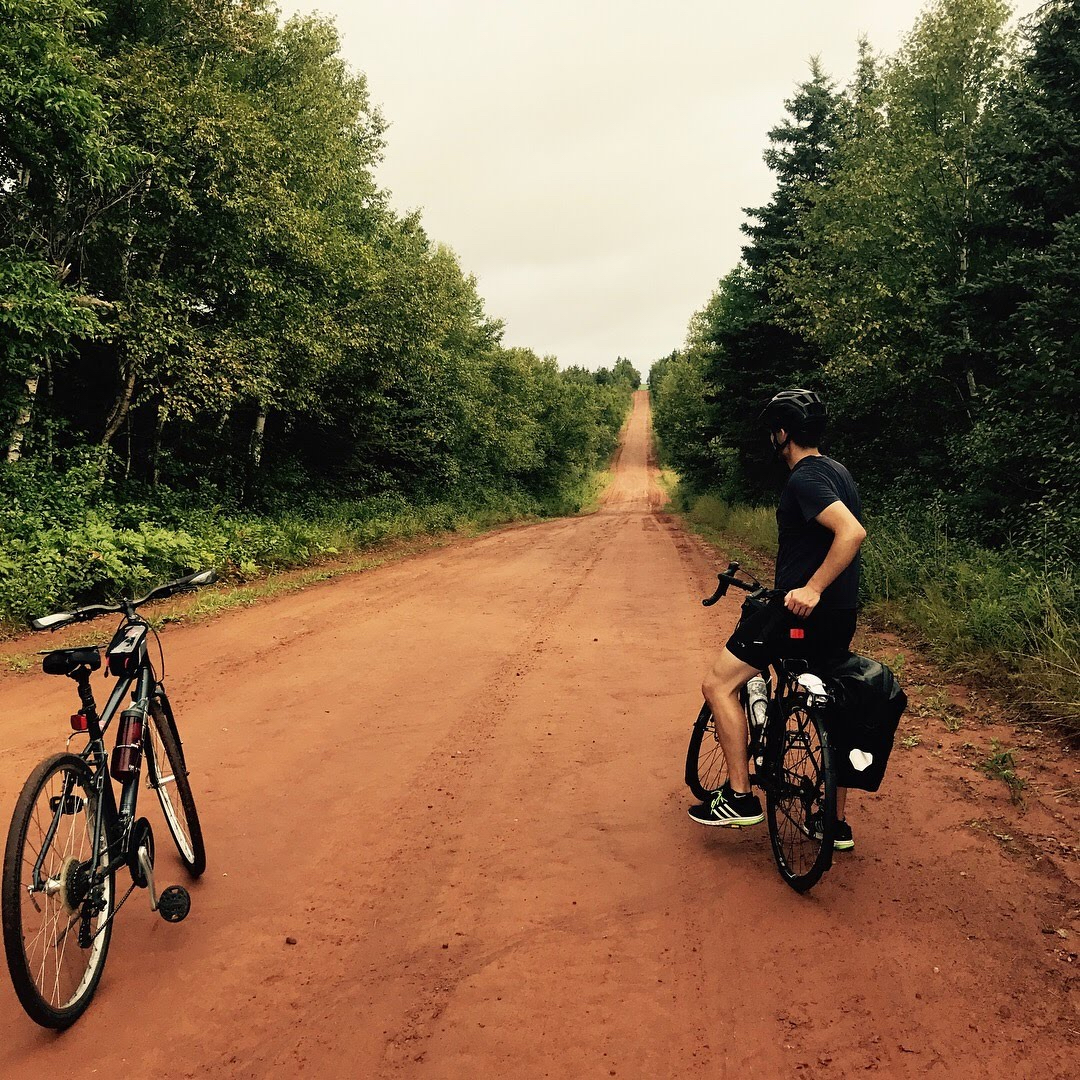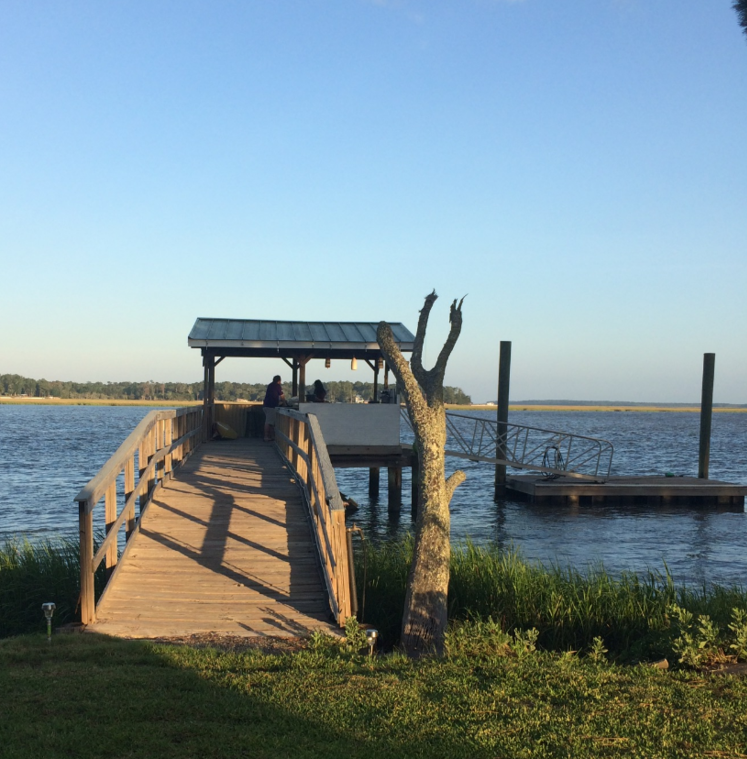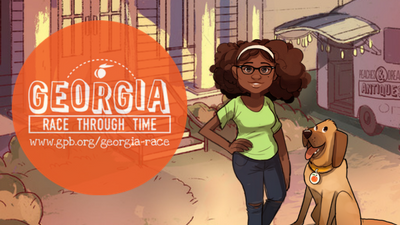Organization, communication, and trust: FableVision associate producer Andrea Hoerner has perfected the recipe for flawless project management down to a science. With a background in journalism and experience in higher education, Andrea combines strong people skills with her knowledge of pedagogy to lead teams that produce media that engage viewers and inspire change.
The journalist in her seeks to honor the story being told by building strong connections with her team and clients. “The hours and hours I’ve spent with subjects either writing or photographing them has enabled me to build trust with clients and help them articulate their needs,” she shares. “Holding space for people to work through their ideas and observing what excites people are all ways of interaction that I bring with me into every meeting.”
In her role, Andrea manages the studio’s technical and creative teams, as well as supports the production team on a variety of media projects. Read on for her organization hacks, advice to budding producers, and the sense of wanderlust that inspires her in all her endeavors.
Welcome to FableVision! What initially drew you to the studio, and what do you enjoy most about working in educational media?
When I first heard about FableVision, I had been trying to marry my passion for social impact and education with the work that I was doing day to day. Having come from a background working in higher education, I closely aligned with the studio’s mission. I spent some time doing my own research and connected with a FableVision staff member to learn more about the various types of projects the studio tackles. I was drawn to the work being done at FableVision, and now here I am!
Here at FableVision, we tell “stories that matter, stories that move.” How do you, in your role as an associate producer, try to honor the different stories being told?
While each project has its own mission, deliverables, and clients, my universal goal as a producer is to ensure that our team’s creative collaboration on every project is a catalyst for the desired result of audience engagement and education. Regardless of the learning goal, I like that the work FableVision does is positive and instills a feeling of empowerment through play or interaction. As storytellers and creatives, the best way to honor different stories being told is through creating connection with audiences emotionally and visually.
Before joining the FableVision team, you reached out to other professionals to learn more about the industry. What’s one piece of advice you would pass on to someone interested in entering the field?
As someone who loves learning from others and their experiences, I’d recommend a two-part piece of advice. I’d encourage someone interested in entering the field to network to get a sense of how the work and culture can vary at different organizations within the industry. And more importantly, I’d advocate for some internal reflection on your skill sets and experiences (“Me-search,” as I like to call it). I’ve learned that you can talk to as many people as you’d like, which is great; however, if you don’t really know who you are or what you’re looking for, it’s easy to lose sight of your own purpose.
You manage and support multiple teams at the studio. How do you keep the lines of communication open between departments and ensure everyone works together to get a project over the finish line?
The needs of any given project fluctuate at different times, but constant effective communication remains a pervasive part of day-to-day management. When it’s crunch time for a project or we’re about to enter a new phase of production (QA Testing, animation, etc.), I am a fan of daily team huddles or meetings. These meetings typically last all of 15 minutes every day, usually bright and early, but they provide an opportunity for all team members from different departments to have a 360-degree view. This process helps build trust on our teams, which are different for each project, and I’m often sad when a months-long project wraps after the team has found a great rhythm!
There are a lot of moving parts when it comes to managing a project. What is your secret to staying organized?
Personally, I love organization on a Marie Kondo level, so it’s not surprising to those who know me that I have many tricks up my sleeve. One of my favorite ways I like to stay organized across my different projects that all have moving parts is through very colorful post-it note lists on my wall. I like the visual display with color and the flexibility to prioritize or de-prioritize action items listed in front of me.
You have a lot of hobbies. How do you cultivate your interests both in and out of work, and what is your go-to way to relax after a busy week at the studio?
My hobbies and activities are a bit more limited these days given COVID, but I like to spend as much time outside as possible on the weekends. I’m a National Parks lover, and one of my goals is to visit as many national parks as possible! If I’m not hiking with my camera or kayaking on the Charles, I can be found meandering through the Museum of Fine Arts or dabbling with watercolor. Additionally, I’m always trying to perfect new recipes for baked goods or meals and enjoy sharing them with friends!
We hear that you’re an avid fan of photography. Who are your favorite photographers and what do you enjoy photographing the most?
Photography has always been about “clicks and connections” for me, meaning connection through my lens with my own photos or the photos of others. I am always connecting to a specific sense of place, time, and often people, which in turn usually helps me learn more about myself.
Two of my favorite photographers are quite different from each other in style, subject, and time. The first is Ansel Adams, as his images inspired my hiking travels to Wyoming a few years ago. It was incredible to float down the Snake River and see the Tetons emerge on the horizon like he did. I love the way he utilizes light, especially in his black and white pieces.
The other photographer is James Nachtwey, who is an American photojournalist and war photographer. I remember watching a documentary about his work in high school and it left me stunned by the beauty and raw quality of his work; he has covered tragic events/crises globally from the Rwandan Genocide to famine in Somalia. While many would run away from capturing the individual human experience in conflicts like these, Nachtwey runs towards those at the heart of these experiences to tell their stories and give them a voice through his work.
We also hear that you love to travel. What are some of your favorite trips that you’ve taken? Where do you look forward to visiting once it’s safer to do so?
I’m itching to get back out West (Wyoming, PNW) again on another hiking trip with my camera. Staying inside most of the last year has made me really miss being out in nature and spending time in environments that are radically different from city life. Outside the U.S., I would really like to visit Norway either in the summer or winter to get a glimpse of the Northern Lights!
If you could:
Pick up any new skill: Play guitar well.
Live anywhere in the world: London.
Listen to only one album for the rest of your life: Rumours by Fleetwood Mac.
Learn any language instantly: Portuguese.
Have any animal as a housepet: Mini horse.
Have authored any one book that already exists: Too tough to choose!











